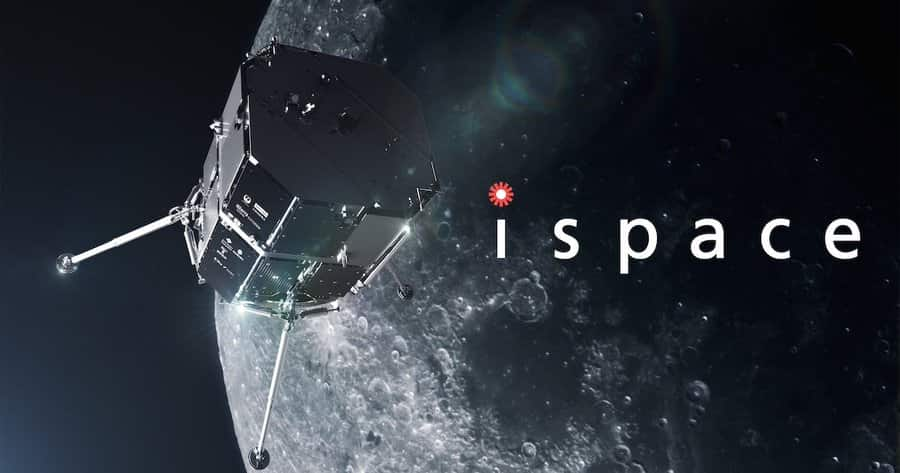A Japanese company’s spacecraft apparently crashed while attempting to land on the moon Wednesday, losing contact moments before touchdown and sending flight controllers scrambling to figure out what happened.
More than six hours after communication ceased, the Tokyo company ispace finally confirmed what everyone had suspected, saying there was “a high probability” that the lander had slammed into the moon.
It was a disappointing setback for ispace, which after a 4 1/2-month mission had been on the verge of doing what only three countries have done: successfully land a spacecraft on the moon.
Takeshi Hakamada, founder and CEO of ispace, held out hope even after contact was lost as the lander descended the final 33 feet (10 meters).
Flight controllers peered at their screens in Tokyo as minutes went by with only silence from the moon.
A grim-faced team surrounded Hakamada as he announced that the landing likely failed.
Official word finally came in a statement: “It has been determined that there is a high probability that the lander eventually made a hard landing on the moon’s surface.”
If all had gone well, ispace would have been the first private business to pull off a lunar landing. Hakamada vowed to try again, saying a second moonshot is already in the works for next year.
Only three governments have successfully touched down on the moon: Russia, the United States and China. An Israeli nonprofit tried to land on the moon in 2019, but its spacecraft was destroyed on impact.
“If space is hard, landing is harder,” tweeted Laurie Leshin, director of NASA’s Jet Propulsion Laboratory. ?I know from personal experience how awful this feels.”
Leshin worked on NASA’s Mars Polar lander that crashed on the red planet in 1999.
The 7-foot (2.3-meter) Japanese lander carried a mini lunar rover for the United Arab Emirates and a toylike robot from Japan designed to roll around in the moon dust for about 10 days. That’s how everything else on the mission was supposed to last.
Named Hakuto, Japanese for white rabbit, the spacecraft had targeted Atlas crater in the northeastern section of the moon’s near side, more than 50 miles (87 kilometers) across and just over 1 mile (2 kilometers) deep.
Also Read: Elon Musk-led SpaceX’s rocket explodes minutes after launch
It took a long, roundabout route to the moon following its December liftoff, beaming back photos of Earth along the way. The lander entered lunar orbit on March 21.
Flight controllers were able to ascertain that the lander was upright as it used its thrusters to slow down during Wednesday’s final approach.
Engineers monitoring the fuel gauge noticed that as the tank approached empty, the lander picked up speed as it descended and communication was then lost, according to ispace. That’s what leads them to believe the lander crashed.
Founded in 2010, ispace hopes to start turning a profit as a one-way taxi service to the moon for other businesses and organisations.
The company has already raised $300 million to cover the first three missions, according to Hakamada.
“We will keep going, never quit lunar quest,” he said.
For this test flight, the two main experiments were government-sponsored: the UAE’s 22-pound (10-kilogram) rover Rashid, named after Dubai’s royal family, and the Japanese Space Agency’s orange-sized sphere designed to transform into a wheeled robot on the moon.
The UAE was seeking to extend its presence to the moon, already in orbit around Earth with an astronaut aboard the International Space Station, and in orbit around Mars.
The moon is suddenly hot again, with numerous countries and private companies clamouring to get on the lunar bandwagon.
China has successfully landed three spacecraft on the moon since 2013, and U.S., China, India and South Korea have satellites currently circling the moon.
NASA’s first test flight in its new moonshot programme, Artemis, made it to the moon and back late last year, paving the way for four astronauts to follow by the end of next year and two others to actually land on the moon a year after that.
Pittsburgh’s Astrobotic Technology and Houston’s Intuitive Machines have lunar landers waiting in the wings, poised to launch later this year at NASA’s behest.
Hakuto and the Israeli spacecraft named Beresheet were finalists in the Google Lunar X Prize competition requiring a successful landing on the moon by 2018.
The $20 million grand prize went unclaimed.
Catch latest stock market updates here. For all other news related to business, politics, tech, sports and auto, visit Zeebiz.com.
Stay connected with us on social media platform for instant update click here to join our Twitter, & Facebook
We are now on Telegram. Click here to join our channel (@TechiUpdate) and stay updated with the latest Technology headlines.
For all the latest World News Click Here

